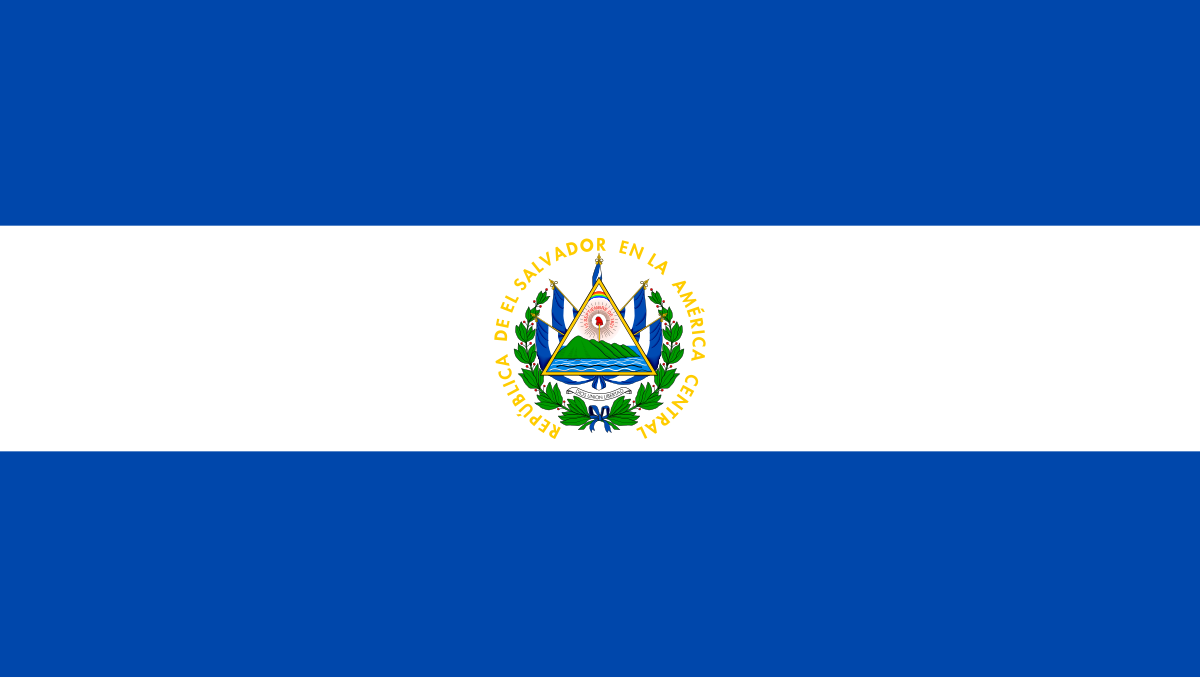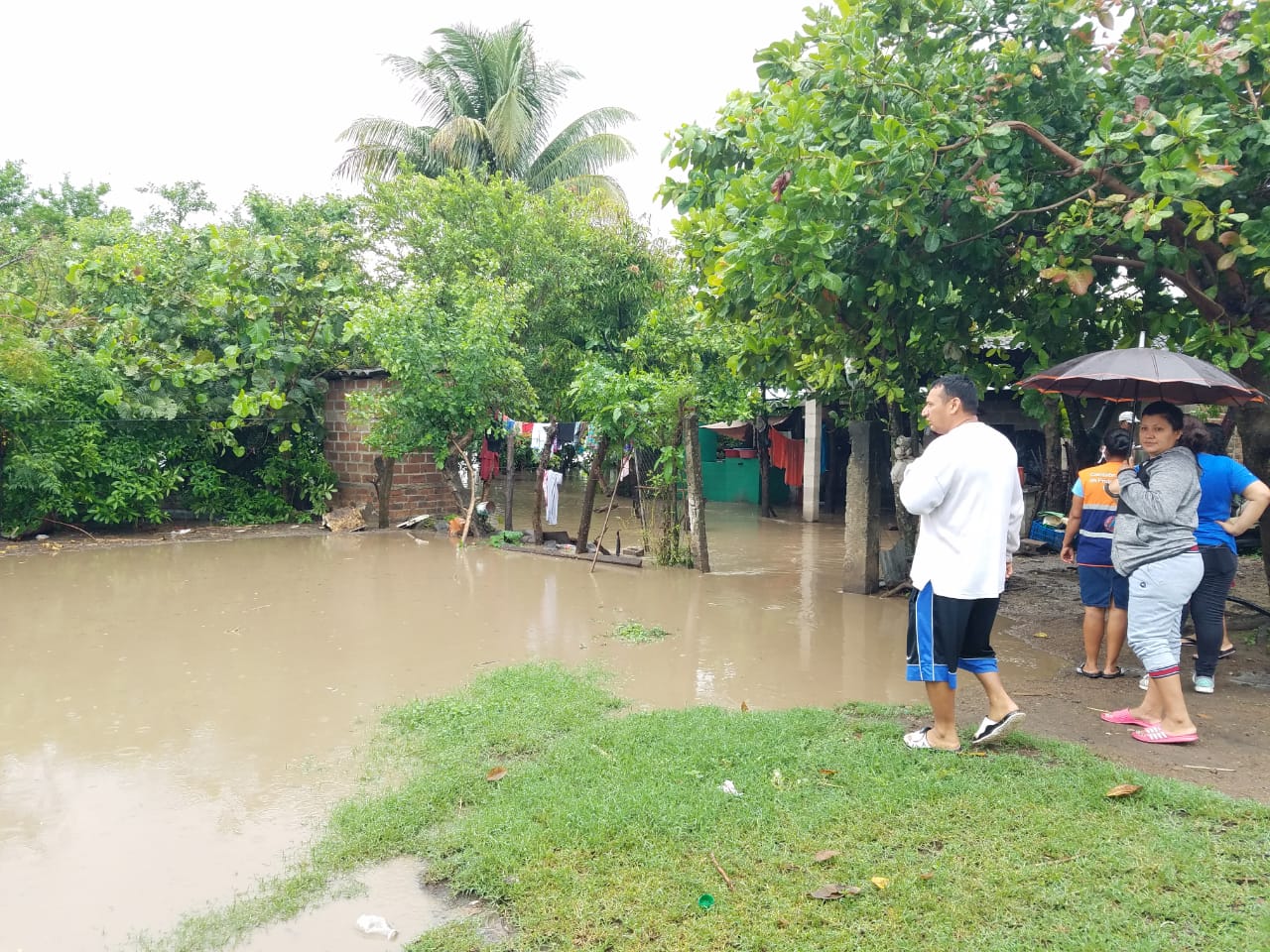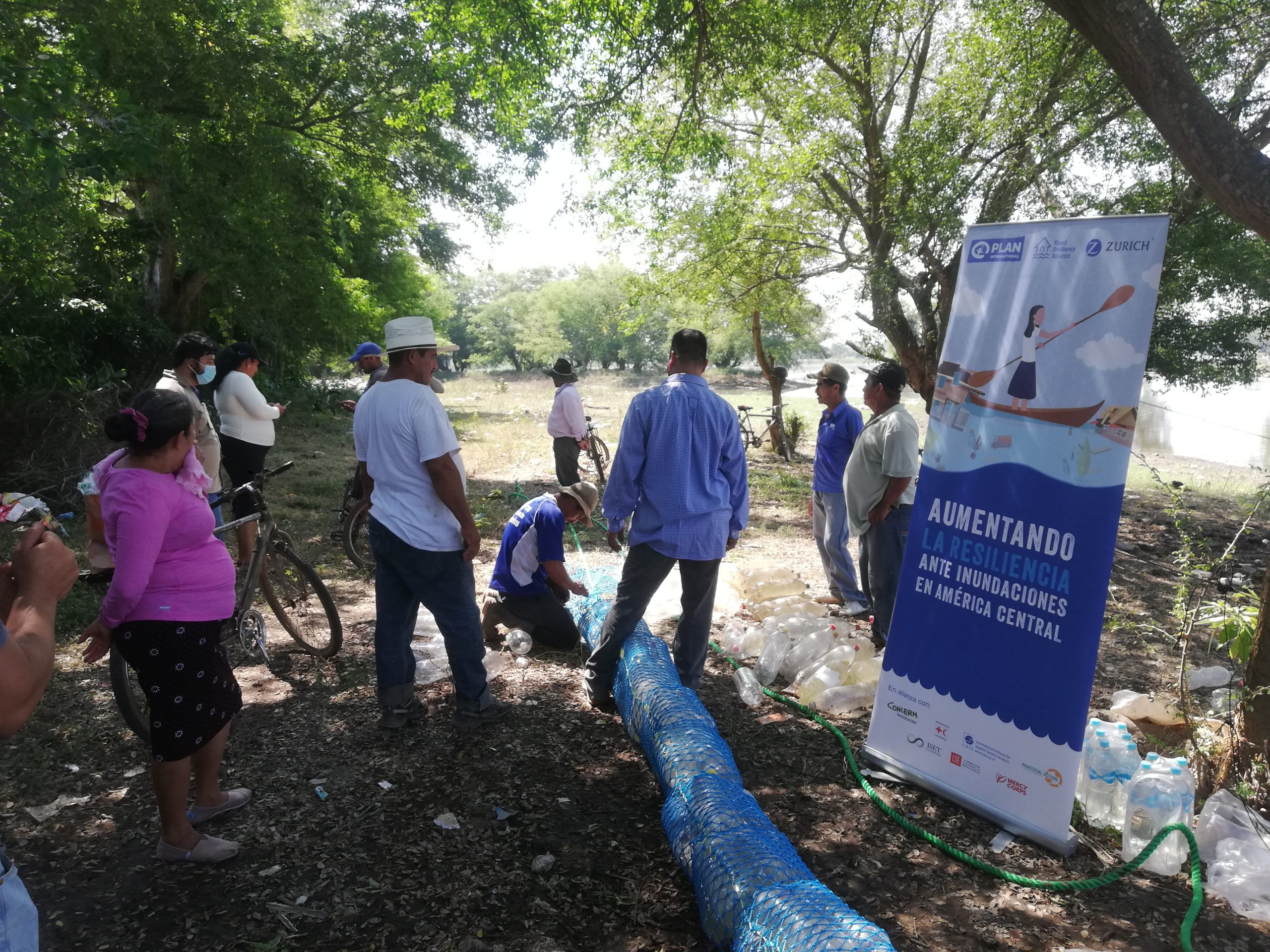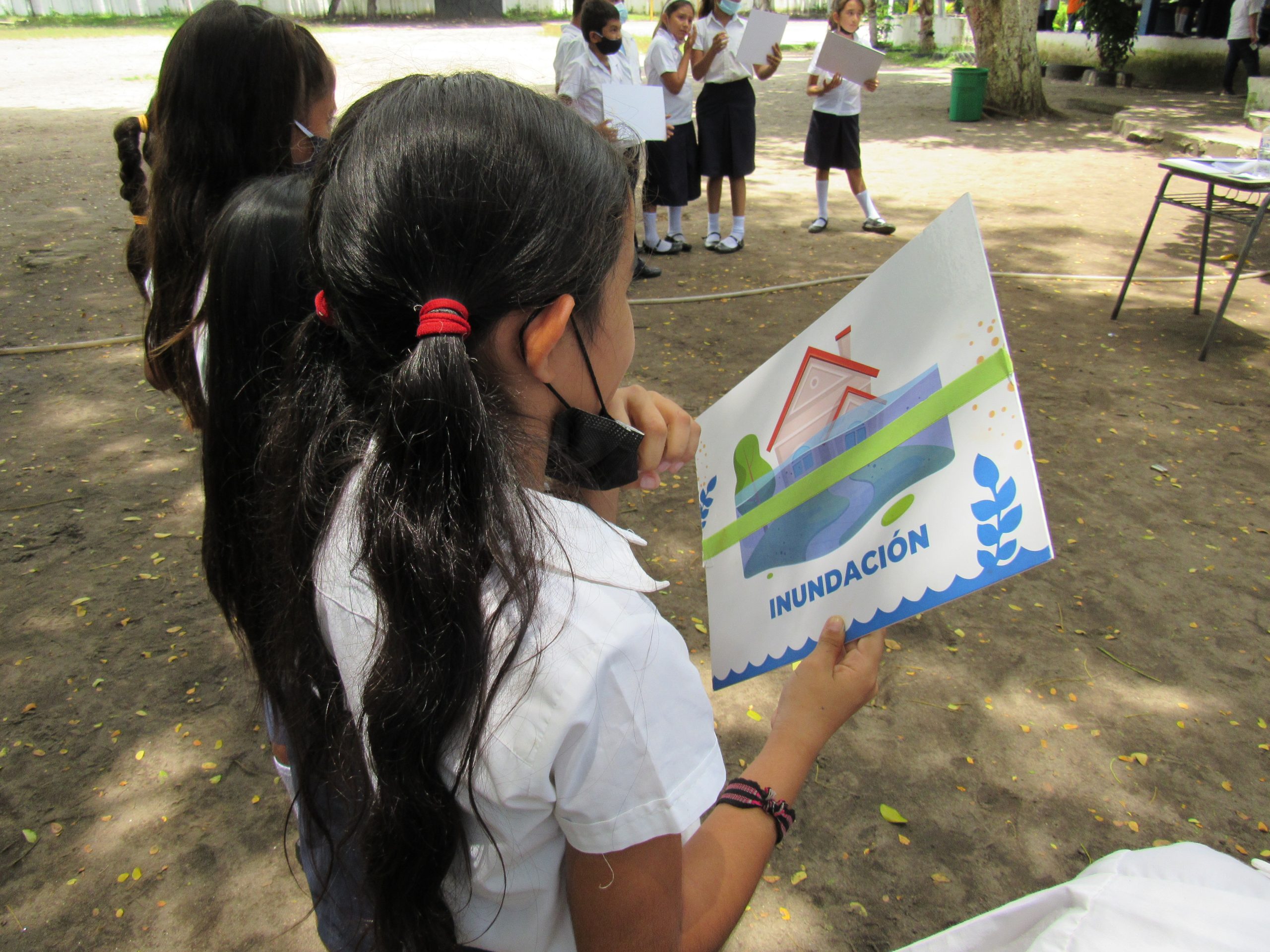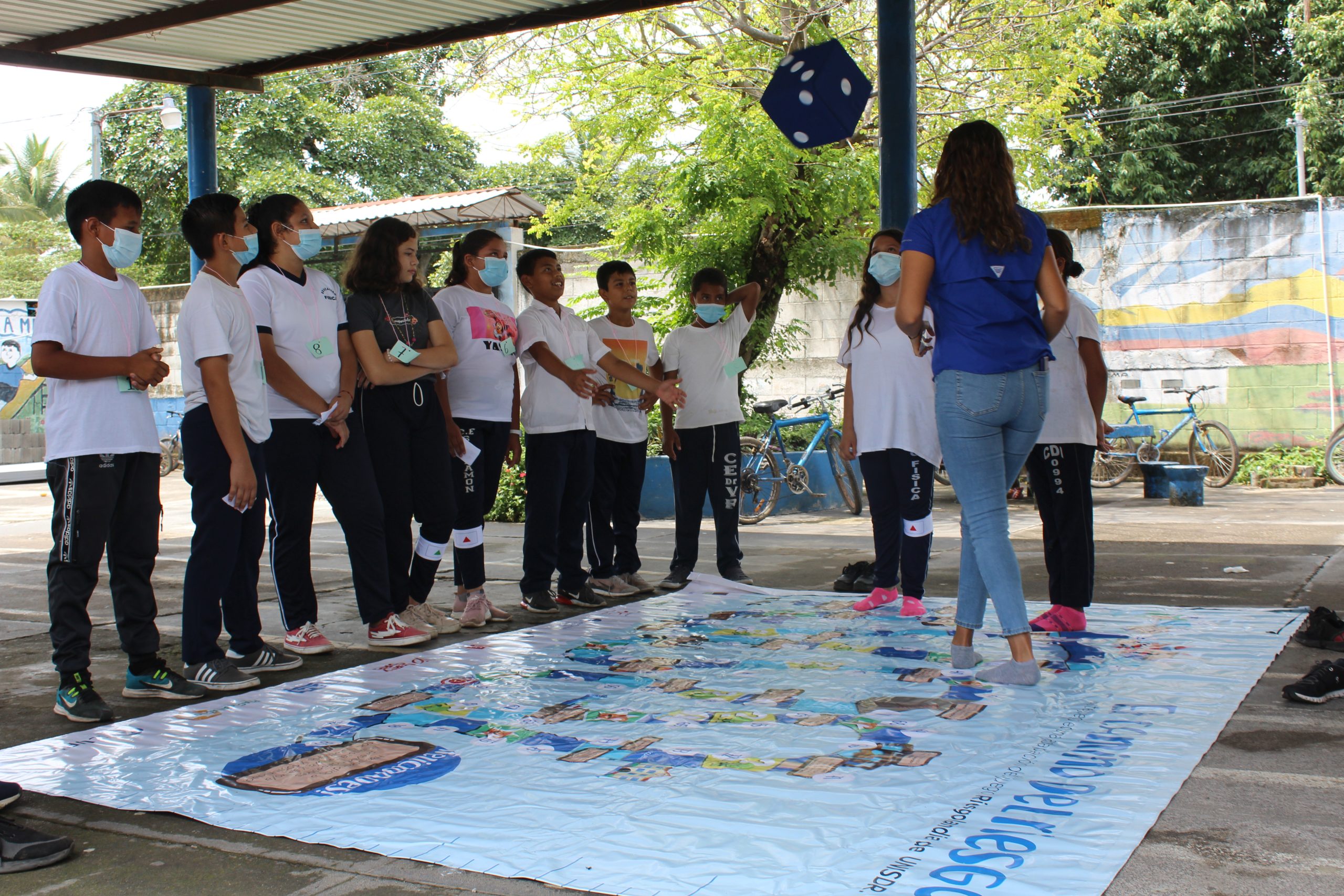Our impact so far
El Salvador is highly vulnerable to natural hazards; with 89 per cent of the country at risk of flooding or other natural hazards. This high level of vulnerability is exacerbated by the high frequency of extreme weather conditions as a result of climate change. Historically, El Salvador has faced many emergency situations due to tectonic, volcanic, and hydrometeorological activity. Due to their frequent occurrence, earthquakes and floods have caused the most losses in terms of lives and material goods.
In El Salvador, many rural communities live in areas prone to flooding. Flood has also increased in urban communities located along lower river basins. Accelerated population growth, absence of river drainage systems, and poor infrastructure conditions are some of the root causes of this vulnerability to flooding. In the event of a flood, affected communities are engulfed by streams of water, sand, soil and collapsed trees.
As a member of the Alliance, Plan International currently works in four communities: San Diego and El Majahual in the municipality of La Libertad, Santa Bárbara in the municipality of Chalatenango, and Colima in the municipality of Cuscatlán. In these communities, Plan works directly with approximately 840 adults, 850 adolescents, and 710 children. These communities were chosen due to their economic vulnerability and their proximity to flood-prone areas. San Diego, Bocana and El Majahual are located on the Pacific coast and are highly exposed to the threat of tsunamis. Colima and Santa Bárbara are located next to the Cerrón Grande reservoir which, after heavy rainfall, floods and transport riverbed sediments to surrounding homes.
